|
As the weather gets warmer, consider turning off your engine while waiting in car line or elsewhere. Idling is especially dangerous around schools because children are highly susceptible to air pollution from car exhaust. Children's developing lungs have a smaller surface area and a higher inhalation rate (can be over 3x that of adults), which means greater exposure and potentially permanent damage to lung function.
Either way, idling is expensive and illegal. Please join your community in saying "Idle No More in 2024!" With lower fees and the upcoming elementary redistricting, now is the perfect time to sign up for the bus! Wellesley Public Schools has reduced fees to $300/student with a $700 family cap for 2024-25, with more cuts planned for future years. Parents, reduce the amount of time you spend in traffic and help the town reach its goals of reducing carbon emissions! Current families MUST register by April 5. Visit wellesleyps.org/ transportation to read the annual letter and pay fees online.
The new Hunnewell Elementary School opened to students on Feb. 26, 2024. Sustainable and high-performance, the school building optimizes the comfort, health, and beauty of the school environment to support students, teachers, and staff. The all-electric, net zero ready school helps meet Wellesley’s town-wide greenhouse gas emissions reduction goal of net zero emissions by 2050. The new Hunnewell School design energy use intensity of 27 KBTU per square foot per year is five times more energy efficient than the previous school building. Plans are underway for Wellesley Municipal Light Plant (WMLP) to install solar panels on the roof to further enhance the new building’s sustainability.
Hunnewell School sustainability features include:
The Hunnewell School is an exemplar for future municipal, commercial, and institutional buildings and for residential climate action. Get a video tour here and come see for yourself on May 18th from 11-2 when they are offering community tours. Commercial and institutional property owners are invited to participate in the Town’s Building Energy Roundtable. Contact [email protected] for more information. Are you a Wellesley resident interested in creating a healthier, more comfortable, sustainable home that reduces your greenhouse gas emissions? The Town’s Energy Coaches are here to help you! Read more at this link. As homeowners replace old furnaces and appliances or add air conditioning, they have a great opportunity to improve energy efficiency, electrify their homes, and power with renewable energy. Substantial tax credits and rebates are available. Thank you for sharing this article Sophia Sahni, former Sustainable Wellesley intern and now Sustainability Intern at Boyer Sudduth Environmental Consultants.
Surrounded by 55 acres of lush green landscape, Dana Hall School is situated in the town of Wellesley, a suburb of Boston, MA. This independent boarding and day school for girls grades 5-12 is currently on an ambitious mission. Since July 2022, Dana Hall has been renovating their entire Upper School Building in a way that reflects their value for sustainability. Here is how this small school is tackling this big project. Transforming the Old into the New Head of School, Katherine Bradley, emphasized Dana Hall’s unconventional slant to the renovation project. “Environmental sustainability is essential to the school environment. We’re excited to have the opportunity to transform the Upper School into an energy efficient, sustainable building.” Instead of demolishing the old Upper School and rebuilding a completely new structure, Dana Hall chose to retain the original shell of the previous building. This decision was crucial to their environmentally conscious approach. Cement production accounts for more than 8 percent of global CO2 emissions. This is four times the CO2 emissions produced by the aviation industry. By maintaining the initial shell, Dana Hall was able to reuse essential carbon intensive materials and reduce the amount of new concrete used by 50%. The decision to remain in the same location also prevents new habitats from being destroyed and unnecessary disruption to essential ecosystems in Wellesley such as wetlands and floodplains. The current location will also maintain its access to walking and bike trails, lush parks, and public transportation, all within a 10 minute walk. A “Use Less” Mindset Dana Hall approached this project with the mindset “use less”. Parking areas were consciously not expanded to encourage carpooling, and much of the furniture from the old building was retained. To the extent that was possible, any materials removed were recycled or reused elsewhere in the project. Using Responsibly Sourced Materials According to the United Nations, the buildings and construction sector accounts for approximately 37% of energy and process-related CO2 emissions. Dana Hall saw this renovation as an opportunity to go against the grain of typical construction projects and really focus on being environmentally-conscious. When choosing materials, they prioritized those that were responsibly sourced and had a high recycled content and longevity. Below are some of the essential materials used in the construction and their recycled content:
Being surrounded by nature, and having access to natural light, has been proven to provide numerous cognitive benefits. This biophilic design will truly bring the outside in, therefore, encouraging the well-being of both students and teachers, and enhancing the classroom experience. Moving Towards a Net Zero Future The HVAC system and the entire building runs on electricity, allowing for a net zero carbon emission. Once the building is complete, Dana Hall will source their clean energy from the Town of Wellesley. The building will be heated using heat pumps with a thermostat in each room to allow temperature regulation by occupants while simultaneously reducing unnecessary energy wastage. During evenings and weekends, the building heating systems will be set to a lower temperature to conserve energy while unoccupied. A Bright Idea: Using LEDS To reduce energy loss, Dana Hall has adopted a sustainable energy management system. All of the new building’s lights are LED, and the outside lighting consists of dark sky exterior light fixtures to reduce light pollution. Every light in the new building is on its own circuit and occupancy sensors have been installed with the exception of lighting necessary for safety and security. When entering a room, the lights need to manually be turned on, and when the room is vacant, the lights will automatically switch off. By physically turning on the lights, it is anticipated that people will become more conscious of their light usage. Conserving Water One Drop at a Time Water runoff/stormwater can damage the environment by carrying fertilizer, bacteria, and pollution into local streams and rivers. According to the EPA, “Polluted runoff is one of the greatest threats to clean water in the U.S.” To protect habitats, Dana Hall has taken numerous strides to reduce the detrimental impacts of stormwater. No additional nonporous materials have been added to the exterior of the building. The drop off area right outside the Upper School is made out of stone pavers so water can drain through them as opposed to run off. Gravel has been added to the outdoor landscaping to facilitate water absorption and reduce mud and erosion. In addition, the renovation has implemented a Subsurface Stormwater Basin, a space for the storage of stormwater where accumulated pollutants can be removed and further treatment can be applied. Dana Hall has also adopted strategies to reduce water usage within the building. WaterSense low flow sensors have been applied to all bathroom utilities, including sinks and toilets. Incorporating Sustainable Practices Beyond the Classroom This construction project is the first of many sustainable efforts to come. The implementation of short and long term bike racks as well as on-campus showers is anticipated to encourage sustainable modes of transportation. Emphasis on numerous sustainability initiatives, such as the addition of many canopy trees throughout the landscape and student led clubs, will help to ensure long term consciousness for climate change. “Dana Hall is a wonderful example of how educational communities can incorporate sustainability into all aspects of their identity,” notes Ms. Bradley. “We hope that these daily reminders of environmental practices will encourage students to be environmental stewards of the future.” Please join fellow Wellesley Schools parents and caregivers at the next Wellesley Green Schools meeting this Thursday, January 25th @7:30pm via Zoom.
We will be joined by Margie Bell, CEO of Recirclable, a non profit providing restaurants and food establishments with 100% reusable takeout/food containers. She will tell us how she is currently working with Newton High School to cut down on cafeteria waste. In addition, we will discuss happenings across the district such as Food For Free (food rescue!), waste diversion, and Safe Routes to Schools. There will be time to hear what is important to you and your school community. Upcoming Meetings Save the date: 3/21 and 5/16 Wellesley Green Schools is collaborative group of parents, caregivers, students and staff working together to reduce Wellesley schools' ecological footprint and to inspire students to create a sustainable, healthy community. Join others across town and the state to get to school (and/or work) by walking, biking and rolling on February 7th.
You have time to make a plan to walk, bike and roll to test out new methods of moving around in 2024. Transportation is Wellesley's second largest greenhouse gas emitter, and reducing vehicular traffic helps. Thanks for giving it a go. Send us your pictures enjoying a stroll/bike/scoot with your family. Celebrate International Walk, Ride & Roll Day on Wednesday, October 4, 2023! Join with
students (and adults) around the world by ditching your car and walking or biking to school or work! Using transportation options other than cars can help ease traffic congestion and help families build lifelong healthy habits. Wellesley participates in the Massachusetts Safe Routes to School program which has great resources to help families find safe, healthy ways to get to and from school. Here are some ideas!
If you're interested in volunteering for the Safe Routes to School program, contact School Committee Vice Chair Catherine Mirick at [email protected] or Select Board Vice Chair Colette Aufranc at [email protected] By doing our part, we can help make every day walk to school day! Strap on your helmet and lace up your shoes! Take part in Walk, Bike & Roll to School Day on Wednesday, May 3. This annual event is a day to celebrate the benefits of active commuting, and build community and school spirit. Join with other schools in the Commonwealth and take part on that day, or any other day in May. Or host a "Walk at School" event during the school day.
If you would like more information on safe routes for walking and biking to school in Wellesley, email Wellesley School Committee member Catherine Mirick ([email protected]) or Select Board member Colette Aufranc ([email protected]). Walk, Bike & Roll to School Day is part of Massachusetts Safe Routes to School flagship activities. Also, stay tuned for more information on the second annual Wellesley Rules of The Ride Bike Event on June 10th 10-11.30am at WHS parking lot (rain date June 11). This fun, smart cycling event for rising 6th graders and all middle school students will teach the students the rules of the road on a guided ride along the Book Path & streets. email [email protected] for more information and keep an eye out for details. WMS Students: "energy-efficient homes Are A subtle but impactful way to combat climate change"3/8/2023
Written by Luna Lu and Sharon Cheng, Grade 8 WMS Students
House Unplugged is a project done annually in all WMS 8th grade science classes. Students like us work in small groups to design a model of an energy-efficient house. In the end, a miniature model is built using household materials like cardboard, felt, plastic containers, and newspaper. Although some information is covered in class, most work is done independently inside the groups. We conducted our own research by making use of online resources and taking detailed notes. The project this year was just a little under four weeks, but in that time, nearly all groups produced satisfactory results. Why are we doing this? House Unplugged is partly an effort to deepen students’ understanding of heat transfer, which we had been studying prior to the project. But mostly, it is an effort to teach students about the importance of sustainability. As many may know, climate change is becoming a more concerning issue every year. The world has warmed as much as 1.8 ˚F in just the last century. Climate change will lead to inhumane temperatures if not acted upon, besides rising sea levels, unpredictable weather, and loss of biodiversity. The most pressing causes that we generally think of are the rapid industrialization of our times, energy use, and transportation. However, home building, one of the biggest contributors to climate change, goes unnoticed by the public. Currently, building houses counts for 40% of global CO2 emissions, and it’s only going up from there. Building materials alone contribute 13% to the roster. Since 1941, about 37.12 billion metric tons of carbon dioxide have been emitted every year, an unhealthy amount if we were to reach net zero emissions by 2050. Subsequently, by using sustainable building materials, we can save up to 4.8 billion metric tons of carbon dioxide, the amount of CO2 that one billion people produce per year. If we can save that much the goal of this project is to build a model of a house that uses those sustainable materials. Our Process Through the HU Project The first step to any sort of project is always research. During this time, we took large amounts of notes to brainstorm the features we wanted to include in our home, such as solar panels, radiant heating, etc. It was during this time that we discovered features like solar trackers, heat pumps, energy recovery ventilators, and many more that we weren’t aware of prior to House Unplugged. After finalizing our features, multiple sketches were made from different perspectives to show the full potential of the house. Since this project is likely students’ first time being introduced to sustainable building, we were lucky enough to have experts in the field come in to discuss our decisions and give feedback on ways to improve. These experts were architects, carpenters, and even teachers who came and spent multiple days with us. Through our conversations, we started thinking about more specific aspects like the material of the walls and what kinds of insulation works best. We looked into different alternatives to the mechanics we wanted to include previously. By talking with an expert, we discovered that, alongside the solar panels which we were planning to install on the roof, we could also include solar trackers/trees, providing us with the most amount of energy possible. Our experts also talked to us about how the different mechanics in our house can work together to be more efficient and effective. For example, one important aspect of an energy-efficient house is for it to be airtight in order to preserve the temperature inside the house. However, if this was to happen, we also had to make sure that fresh air had a chance to enter the house by using an ERV (energy recovery ventilator) that could bring fresh air into the house and remove stale air within the house. The building process of the house was a time-consuming portion of this project taking us about a week to complete. Materials were brought in mostly by the students and only some were provided by the teachers, they varied from cardboard, to plastic containers, straws, and newspapers. Most groups, including our own, started with a shoe box and modified it to our needs. We had the freedom to build however we wanted and had the responsibility of deciding how we were going to incorporate all the aspects of our original plan into our model. We cut out squares in our box to form windows and glued them on newspaper to represent cellulose insulation within our walls. Our model was placed on a flat piece of cardboard and everything was positioned strategically according to our research like placing deciduous trees on the south-facing side of our house to block sunlight. The last aspect of the House Unplugged project was for all the students to summarize all that we learned and present our final design to judges, some of whom were adults from WMS and others who were experts from the community. . Each group worked to put together a slideshow to showcase their understanding of this project. We were asked to explain the different aspects of our models, how they function, and how they benefit an energy-efficient house. Throughout the project, students like us not only developed team working skills but also learned about aspects of energy-efficient homes, a subtle but impactful way to combat climate change. Many students went home to explain the concepts to their family, and it’s safe to say that this project was a great success. We can’t wait to see what students will do with this project next year. Works Cited Architecture 2030. “Why the Building Sector? – Architecture 2030.” Architecture 2030, . Accessed 6 Mar. 2023. Tiseo, Ian. “Annual CO2 Emissions Worldwide 1940-2021.” Statista, 6 Feb. 2023, . Accessed 6 Mar. 2023. Get ready to participate in walk, bike and roll to school day on Wednesday, Oct. 12. It’s a healthy, safe, and fun way to start the school year. If enough people participate, the event also potentially reduces traffic and emissions in town for the day.
Wellesley’s elementary schools — Bates, Fiske, Hardy, Schofield, Sprague, and Upham — are regular participants in the yearly effort, as are the middle and high schools. |
Categories
All
|
Sign up for updates! |
Contact |
Support us! |
Follow us!Copyright © 2024 By Sustainable Wellesley
|

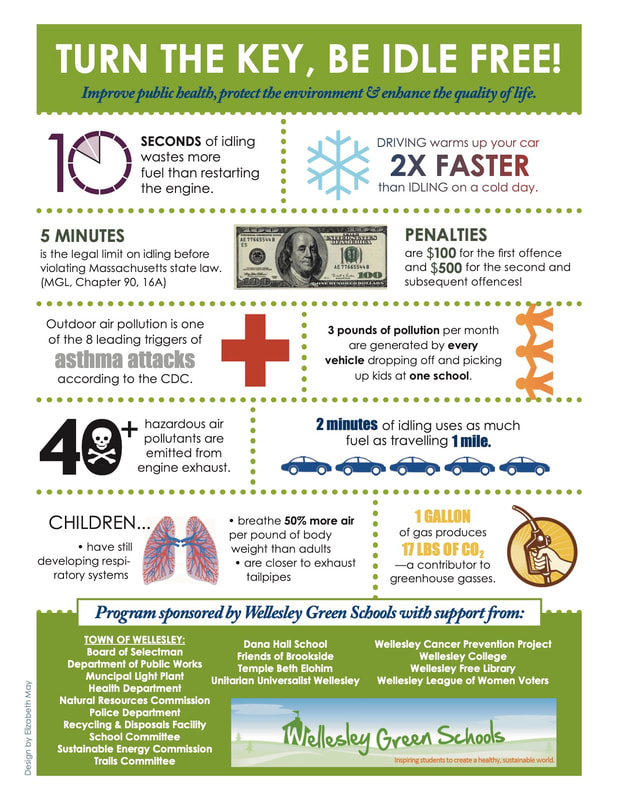
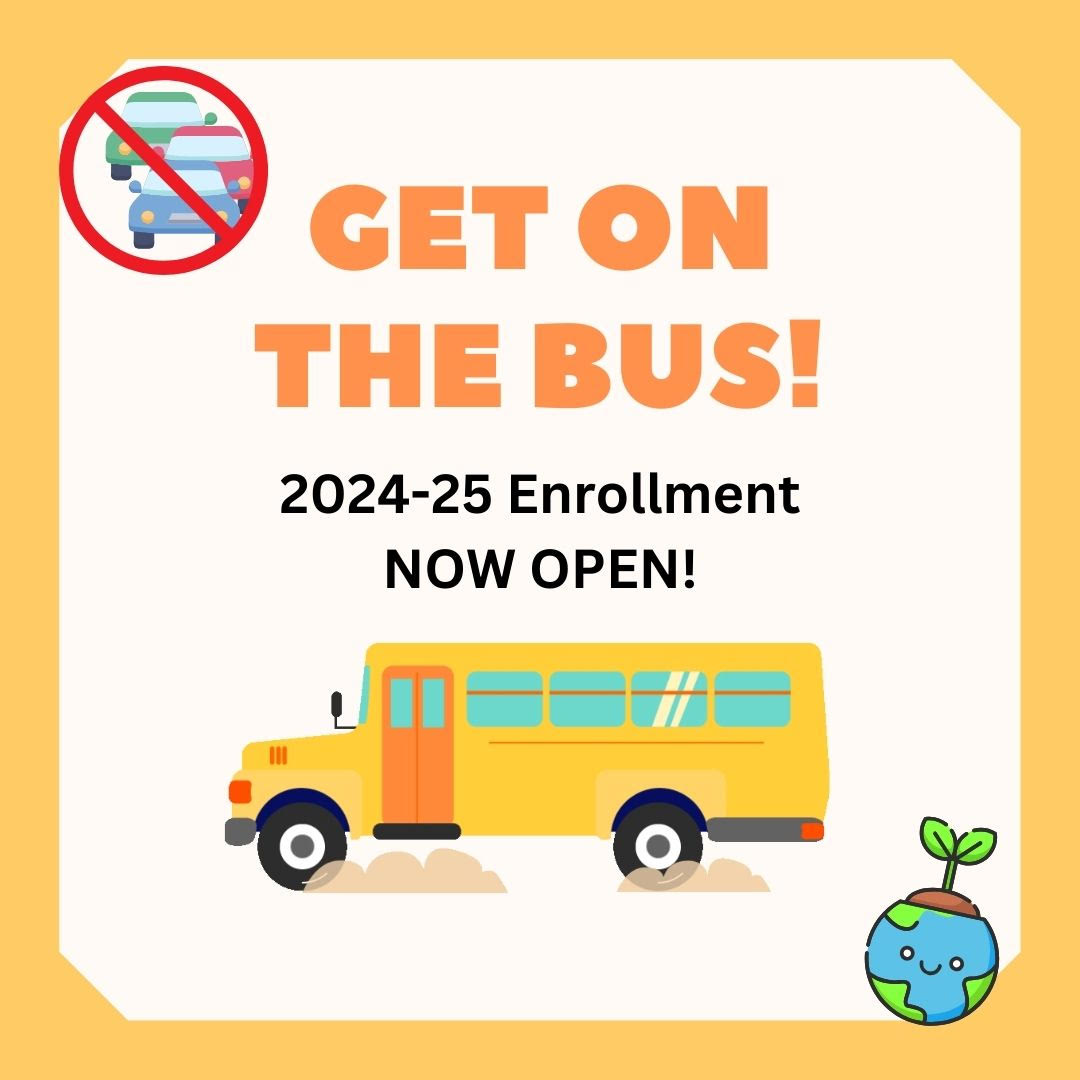
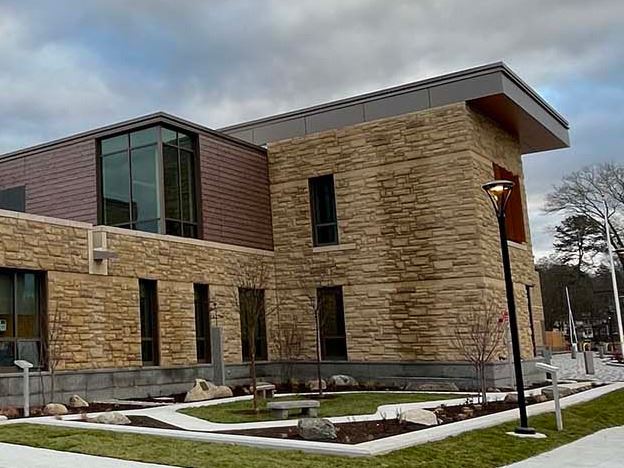
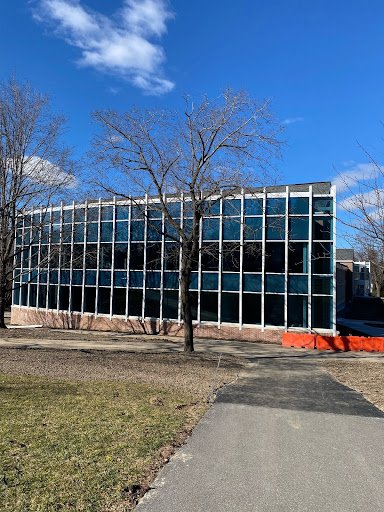
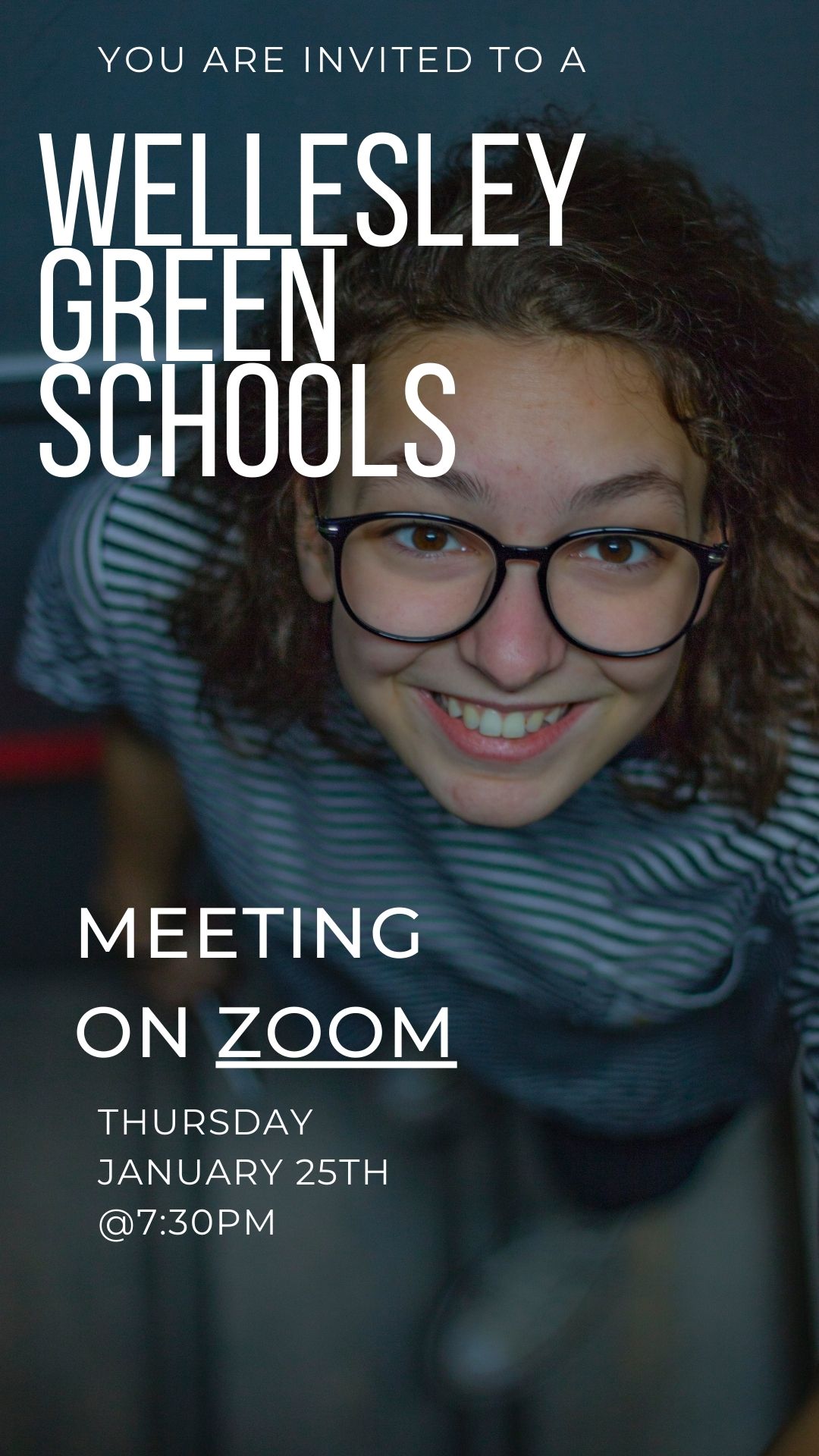
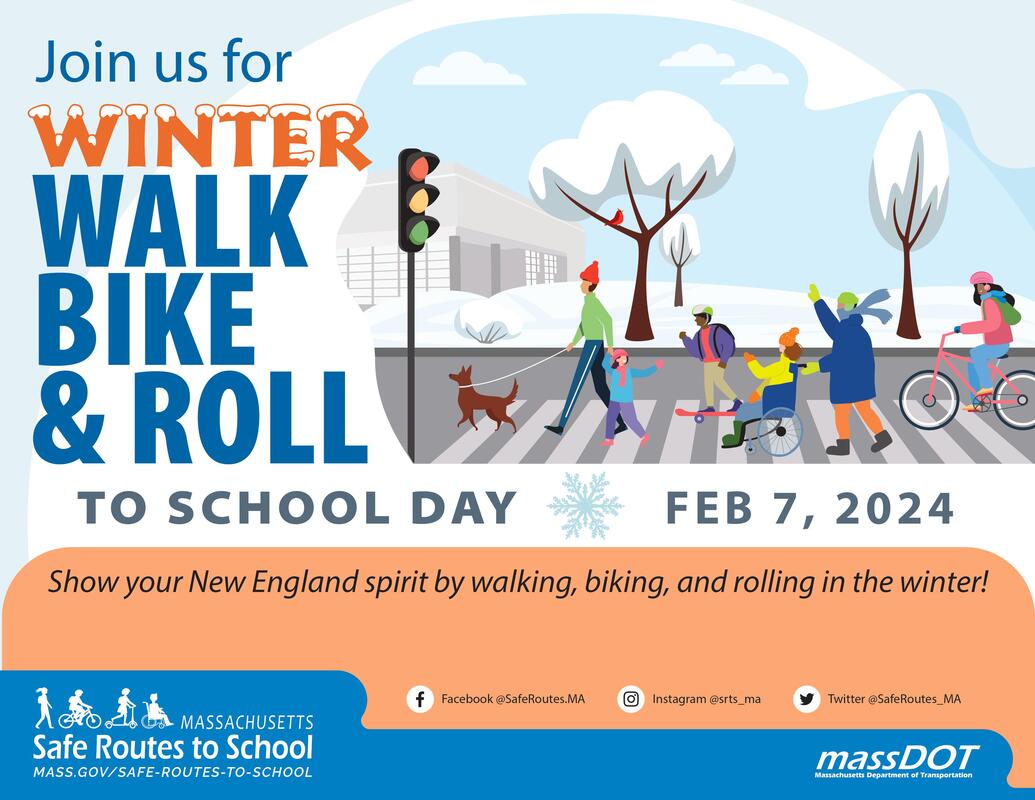
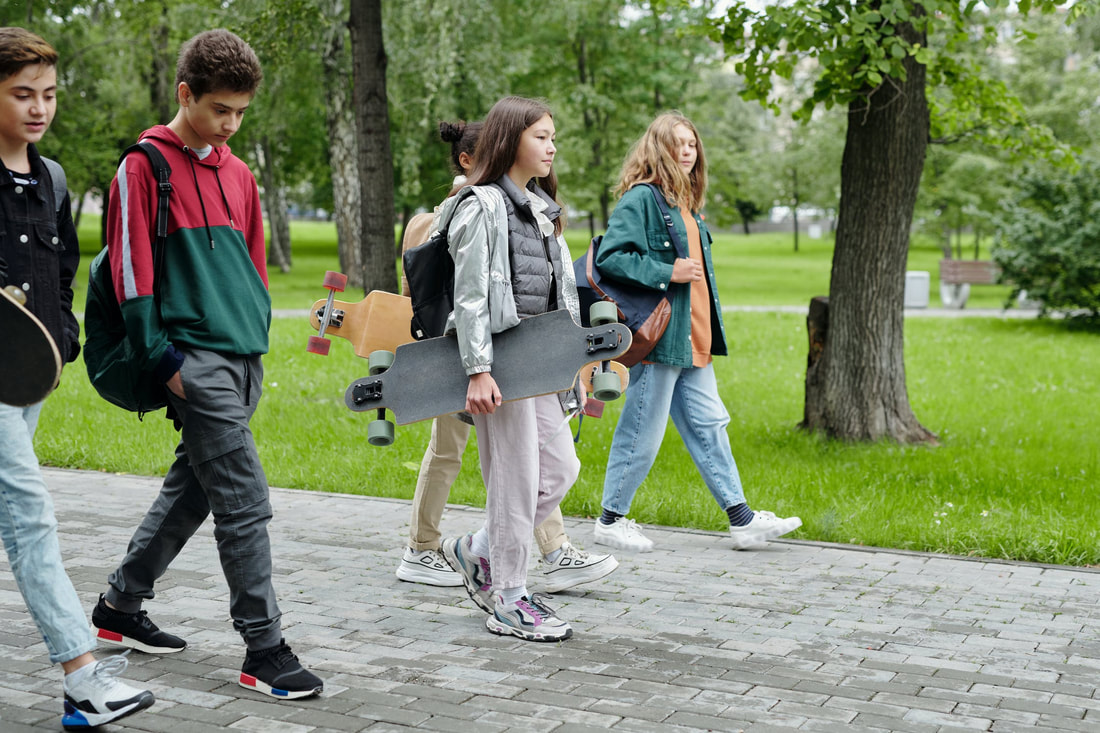
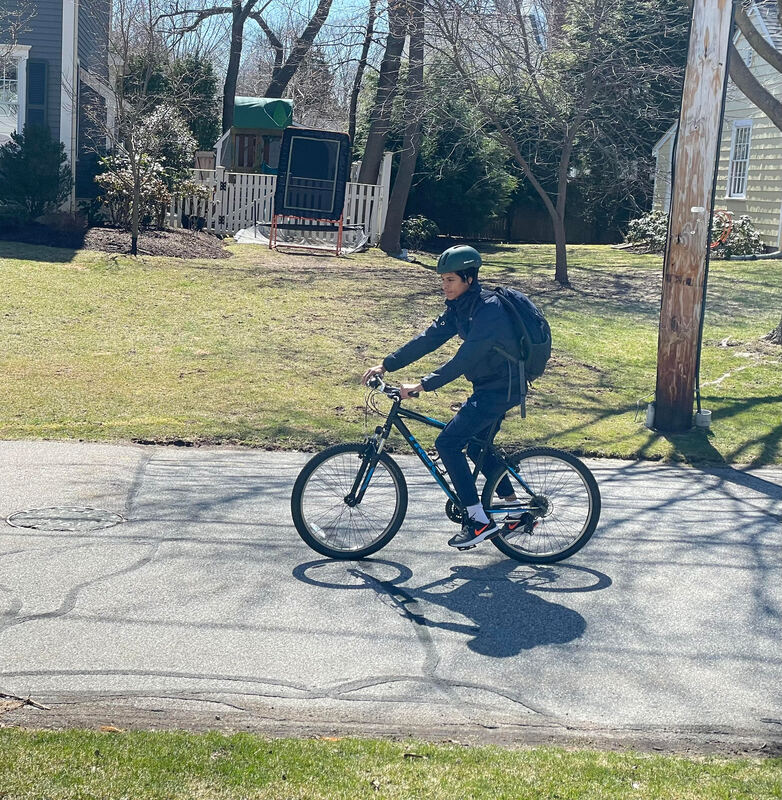
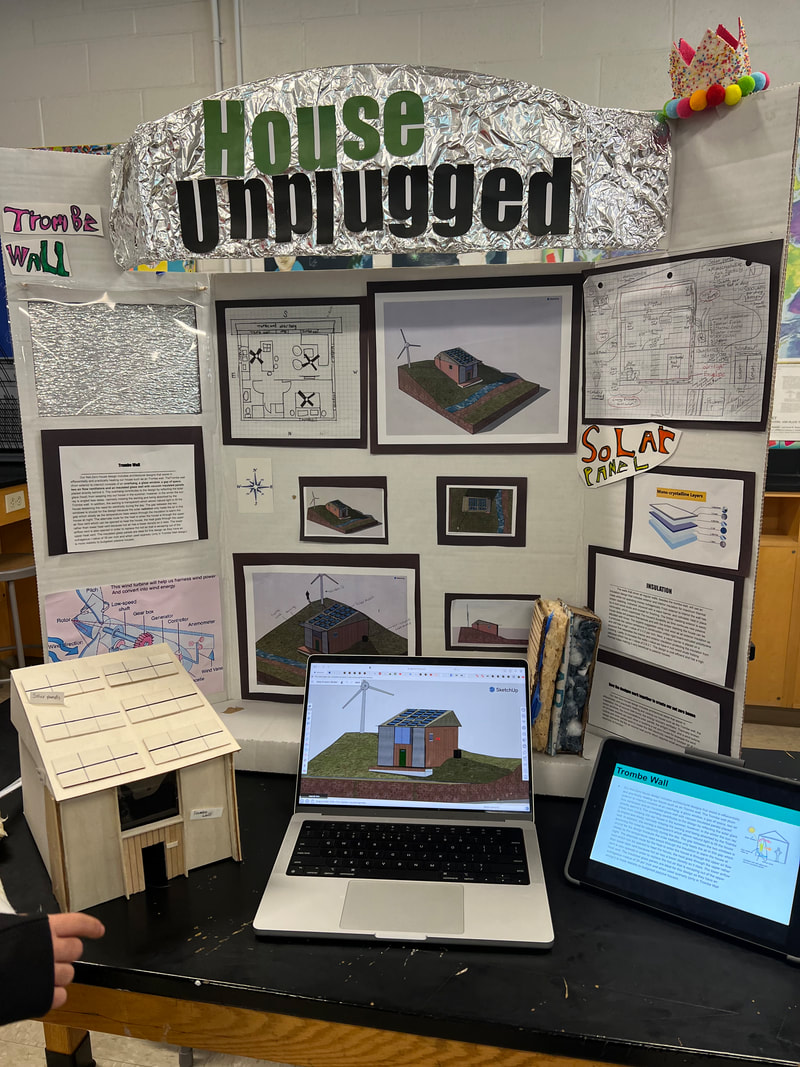
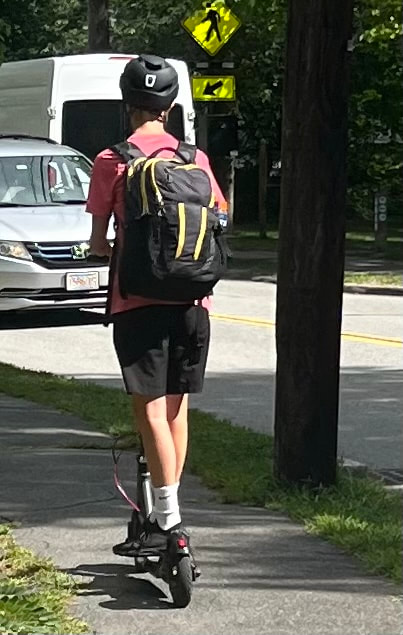
 RSS Feed
RSS Feed